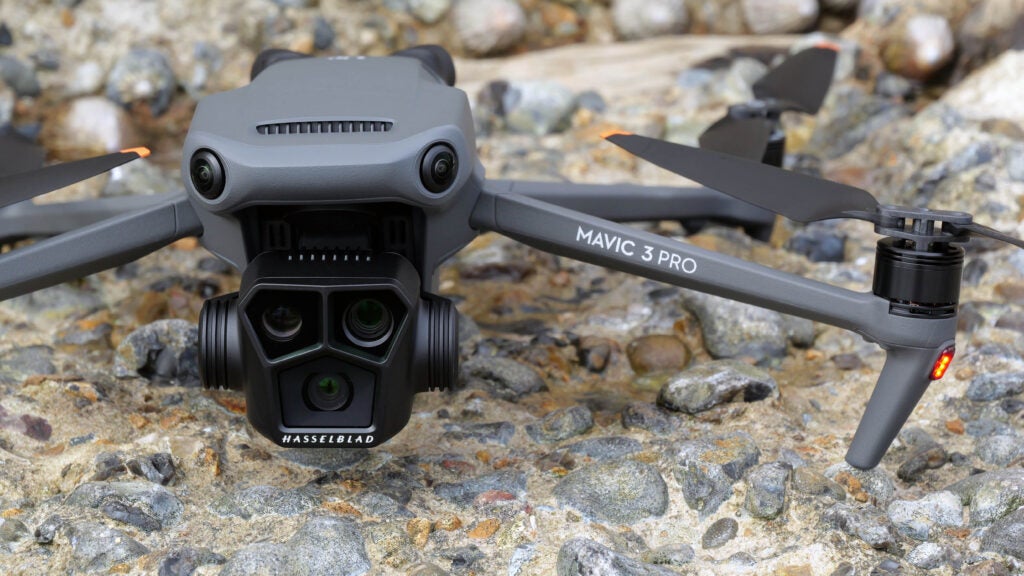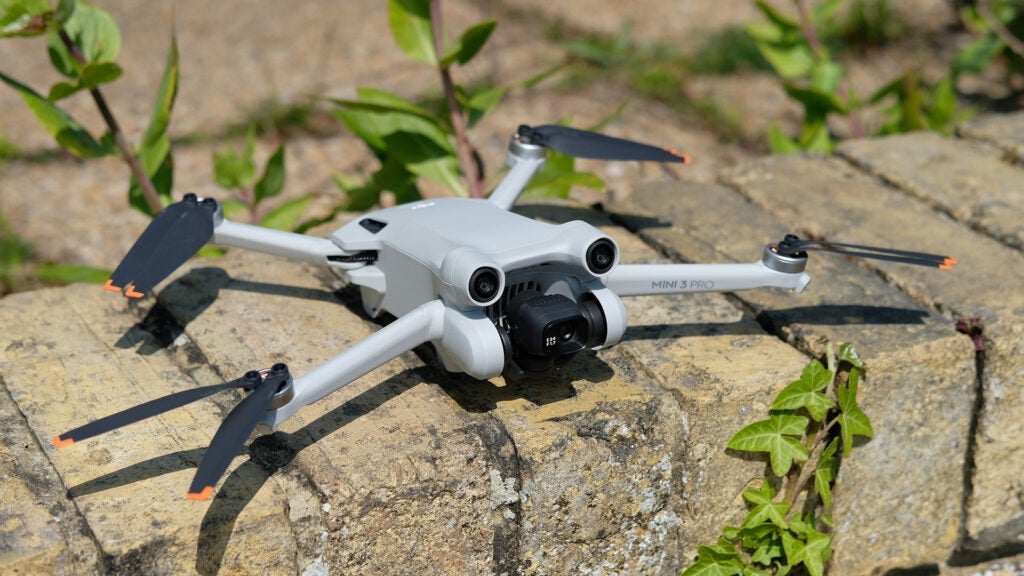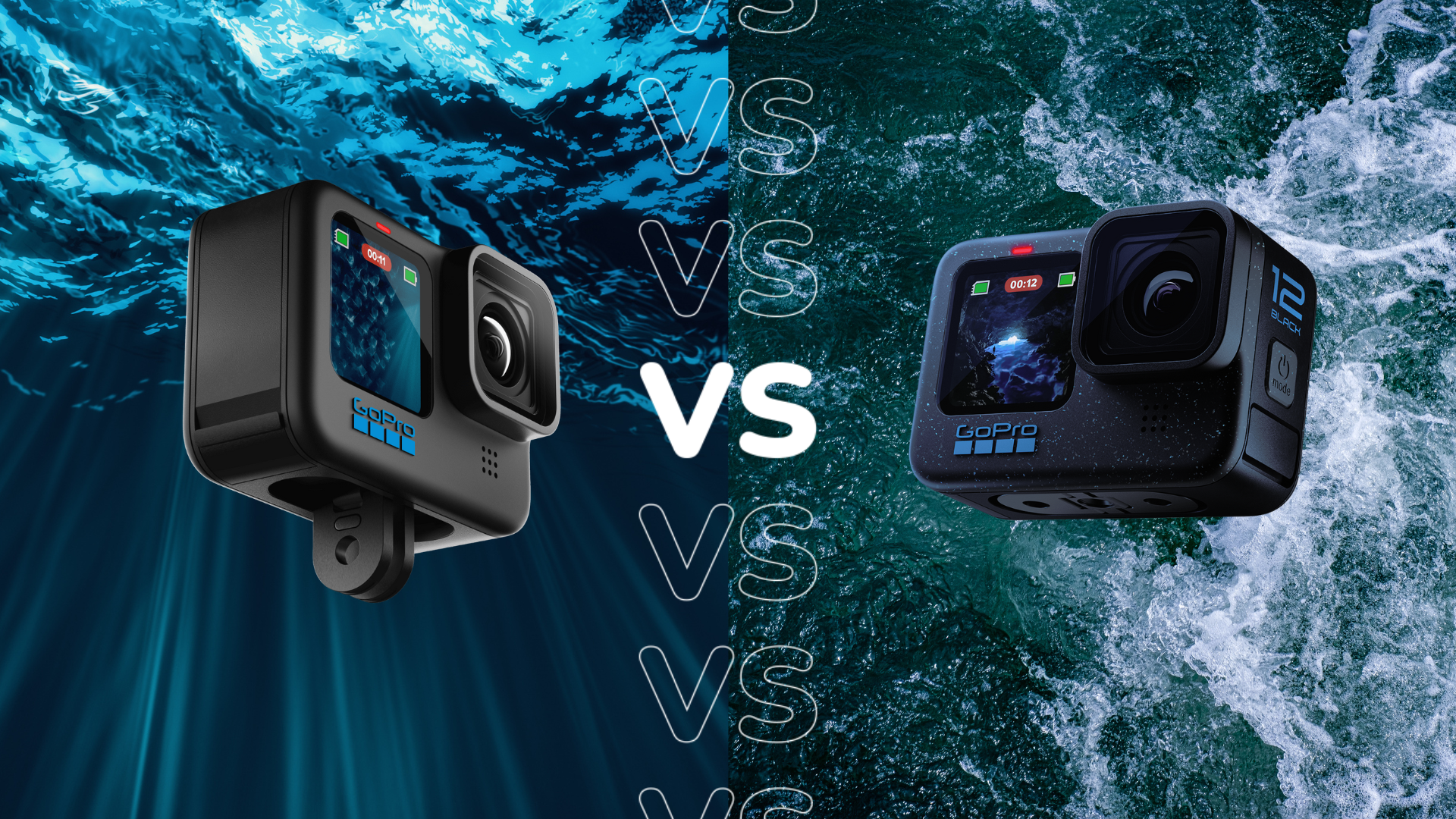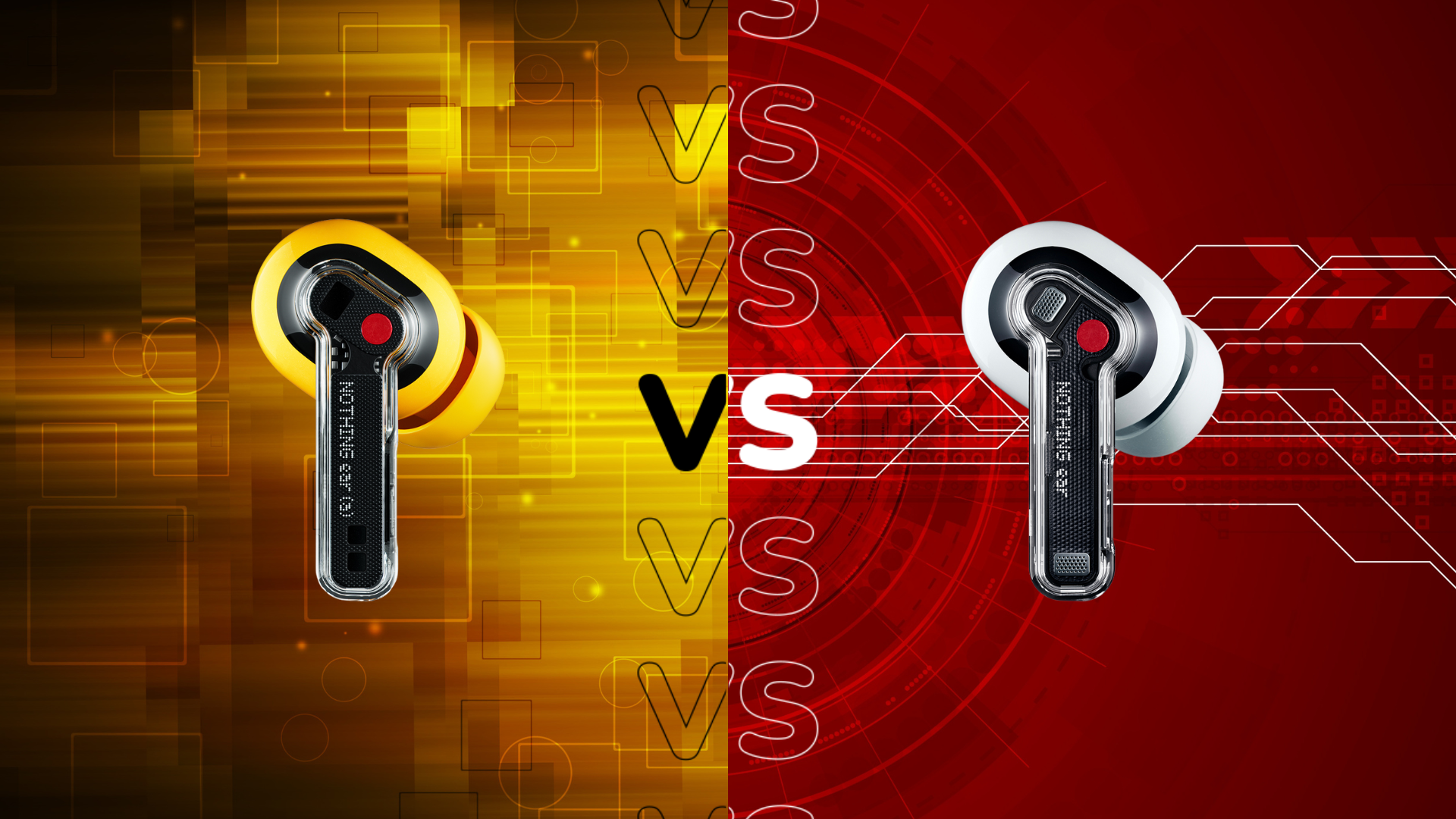DJI Mavic 3 Pro vs DJI Mini 3 Pro: What’s the difference?

DJI leads the market when it comes to consumer drones, sweeping our best drones list with several five-star reviews.
However, if you’re new to DJI or drones in general, you might have some questions about how the Mavic and Mini series compare.
Keep reading to learn all the major differences between the DJI Mini 3 Pro and the new DJI Mavic 3 Pro…
Pricing and availability
The DJI Mavic 3 Pro launched in May 2023 at a price of $2199/£1879, while the DJI Mini 3 Pro launched a year earlier in May 2022 with prices currently starting at $759/£709.
That makes the Mini 3 Pro significantly more affordable saving you $1440/£1170 when you opt for the smaller drone.

Design
The biggest difference between DJI’s Mavic and Mini series (aside from the price) is the size of the drone. While the larger Mavic has a sturdier build, a bigger battery and is capable of carrying more cameras, these benefits have the side effect of putting the Mavic in a higher weight category. This means the Mavic is subject to tighter restrictions when flying in the UK.
The DJI Mavic 3 Pro is a large quadcopter that folds down to a compact 231.1 × 98 × 94mm size. The dark grey plastic drone weighs in at 958g, putting the drone into a more restricted category than the sub-250g Mini here in the UK.
The Mavic’s weight means that it must stay at least 50m horizontally from ‘uninvolved’ people – which basically means anyone who isn’t piloting the drone or accompanying the pilot – and at least 150m from buildings.
This makes the DJI Mini 3 Pro a better fit for urban flying as the smaller drone has specifically been designed to weigh less than 250g in flight. This means it can be flown in public places within 50m of people and above people in the UK.
The drone itself is made of thin, lightweight plastic but we found it was still tough enough to fly in breezy conditions. Folded, the drone measures a tiny 145 x 90 x 62mm, making it incredibly compact and even pocket-sized depending on your jacket.
When it comes to storage the Mavic 3 Pro has 8GB (or 1TB if you opt for the Cine model) and can support up to 512GB with a microSD card, while the Mini 3 Pro has no internal storage but can also carry microSD cards of up to 512GB.
The Mavic 3 Pro is compatible with the RC and RC Pro controllers, while the Mini 3 Pro comes with the RC-N1 smartphone controller but is also compatible with the RC.
Performance
We found the Mavic 3 Pro and the Mini 3 Pro both spectacularly easy to fly.
Both include three main flight modes – Normal, Cinema and Sport – with Cinema limiting the flight speed for smoother pans and Sport speeding it up and shedding all obstacle sensing to reach speeds of up to 21m/s on the Mavic or 16m/s on the Mini.
Both the Mavic and the Mini take off at the tap of a button and return to their take-off spot automatically when requested (or if the battery or signal is lacking). The twin-stick controls are simple and responsive, allowing the pilot great precision over the positioning and speed of either drone.
The Mavic features omnidirectional object detection and APAS 5.0, which allow the drone to dodge obstacles while tracking a moving subject. This makes crashing the drone a challenge in pretty much every mode but Sport mode.
The Mini 3 Pro was the first DJI Mini drone to receive obstacle-sensing cameras, covering all directions apart from upwards. This means that if the Mini detects an object, it’ll stop the movement, again, reducing your chances of a crash. The Mini also has subject tracking but we did find the feature to be quite fussy on the smaller camera, often losing the subject or not locking on at all when we dragged the Active Track box over the subject.
Video transmission on the Mavic 3 Pro delivers a low-latency feed of up to 1080p to the controller screen and the drone is capable of flying up to 15km from its pilot, though this distance would involve breaking laws in the UK so we wouldn’t recommend you test that particular feature.
The Mini 3 Pro is able to transmit up to 720p video to its remote controller and has a range of 12km.
The additional weight of the Mavic 3 Pro does impact the battery life compared to some smaller drones, but at 43 minutes the drone is still capable of capturing plenty of footage before it comes time to swap out the batteries.
The DJI Mini 3 Pro has a battery life of up to 34 minutes but is compatible with the Flight Battery Plus, giving it the potential to offer up to 47 minutes of airtime. However, this would push the weight past the 250g mark.

Camera
The camera is where the Mavic 3 Pro and the Mini 3 Pro really begin to set themselves apart.
The Mavic 3 Pro has a wide-angle Hasselblad camera with a FOV equivalent to 24mm on a regular camera. The large 4/3 sensor is capable of snapping 20-megapixel stills and capturing up to 5.1K video with frame rates of up to 200fps.
The camera can shoot in 10-bit 4:2:2 colour and supports D-Log, D-Log M and HLG profiles for colour grading and correction. We found the main camera to be very capable in low-light situations.
There’s also a telephoto camera with a 166mm FOV and a 0.5-inch sensor for 12-megapixel images and up to 4K/60p video, and a third medium telephoto lens equivalent to 70mm that can capture 12MP/48MP native photos and 4K/60p video. The latter makes the drone ideal for shooting wildlife or people without bothering them.
While the Mini 3 Pro can’t compete with the Mavic 3 Pro in terms of camera quality, it does outperform any other sub-250g model we’ve tested in this area.
The Mini has a 1/1.3-inch CMOS camera capable of capturing 48-megapixel stills and 4K/60fps video, as well as Full HD video at up to 120fps.
The camera supports the D-Cinelike colour profile for those wanting to colour grade their own footage and has an ISO range of 100 to 6400 and a f/1.7 aperture, which should make it easier to capture detail in low light.
Verdict
The DJI Mavic 3 Pro and the Mini 3 Pro are two fantastic drones from DJI.
The Mini 3 Pro has the advantage when it comes to size, particularly in the UK where pilots are subject to strict regulations when flying any drone over 250g. This means you can shoot in more locations and fly closer to people and objects.
The Mavic 3 Pro, meanwhile, offers better image quality and a wider range of lenses, as well as more advanced object tracking and a slightly longer battery life.








